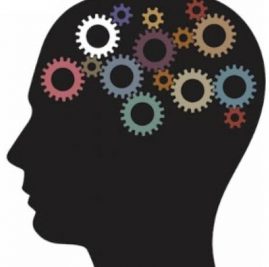Adolescents struggling with depression often deal with symptoms that significantly impact their academic and social functioning and may put them at an increased risk for self-harm. While there are various treatments for depression, research suggests that the use of existing treatments with adolescent populations yields mixed results and may not provide long-term advantages. Behavioral activation, which involves helping individuals address behavioral patterns that maintain depression, identify short and long term goals and potential barriers, increase engagement in activities, and learn effective problem-solving skills, has been found to be effective in treating adults with depression.
Recent research has looked at expanding this treatment to an adolescent population, which focuses on making the following adjustments:
· Introducing key concepts relevant to adolescents’ specific situations early in treatment and giving them the chance to practice and apply these skills in later sessions.
· Monitoring suicidal ideation/self-harm throughout treatment to address any concerns and allow for open communication between the adolescent and his or her clinician.
· Involving the family, with consent from the adolescent, so that they can understand this treatment approach and help support the adolescent during this time.
· Learning and practicing problem-solving skills unique to adolescents, such as asking someone out on a date.
· Addressing the possible tendency for adolescents’ to brood on certain thoughts or situations, which may maintain depressive symptoms.
If you or someone you know is struggling with depression, there is help and resources available, including professional counseling. Please contact (215) 487-1330 or email us at Greenridge@intercommunityaction.org for more information about our counseling services.
Author: Sarah Caverly, M.Ed., NCC
References:
McCauley, E., Schloredt, K., Gudmundsen, G., Martell, C. & Dimidjian, S. (2011). Expanding behavioral activation to depressed adolescents: Lessons learned in treatment development. Cognitive and Behavioral Practice, 18, 371-383.

